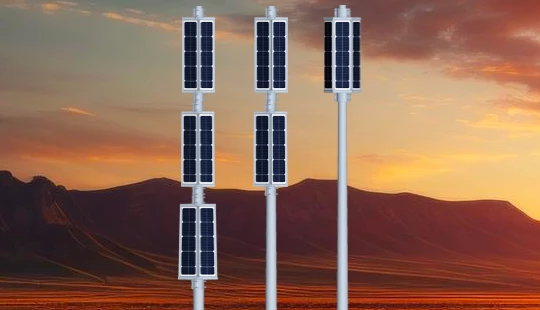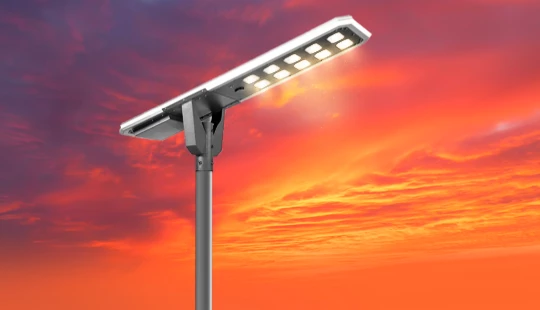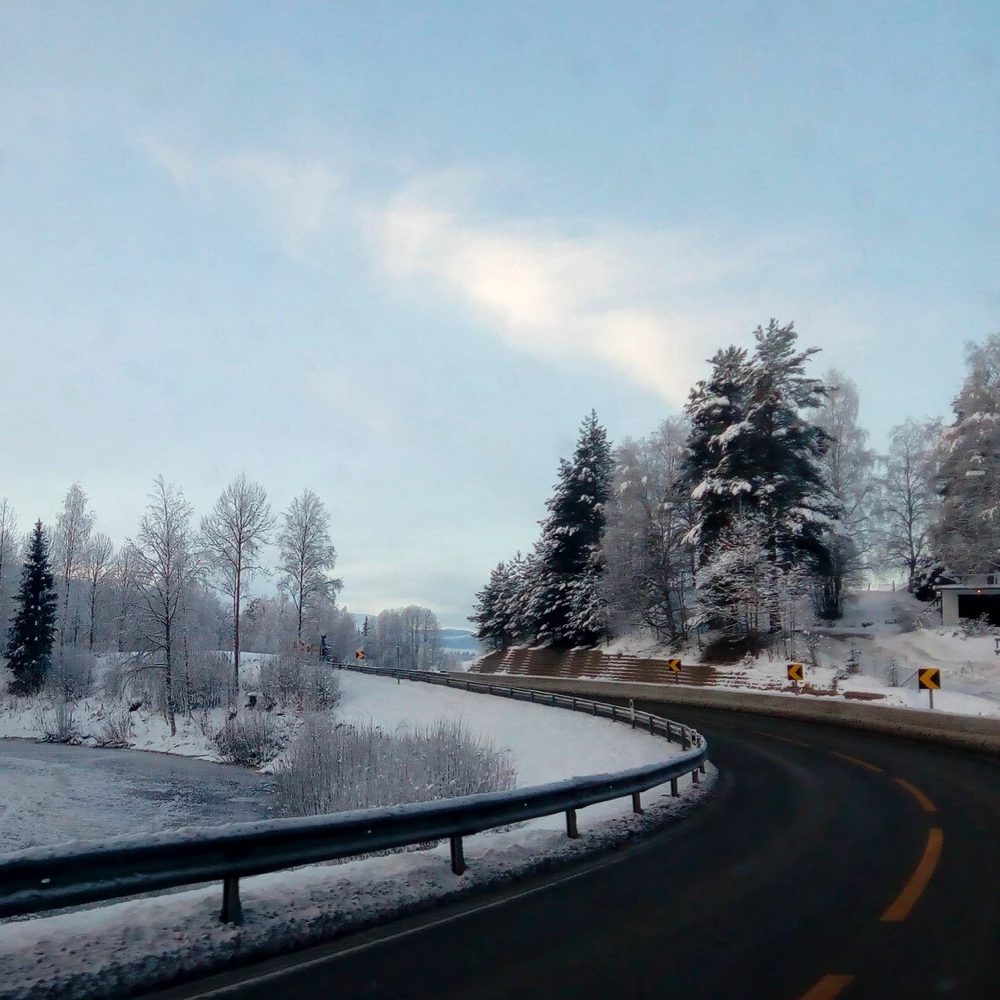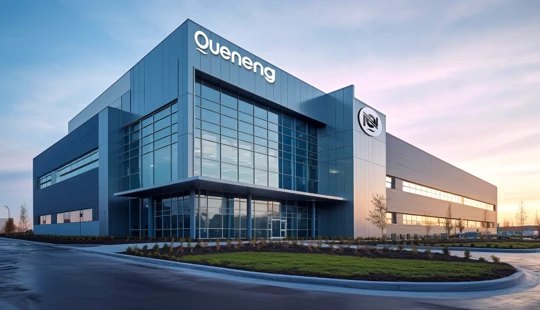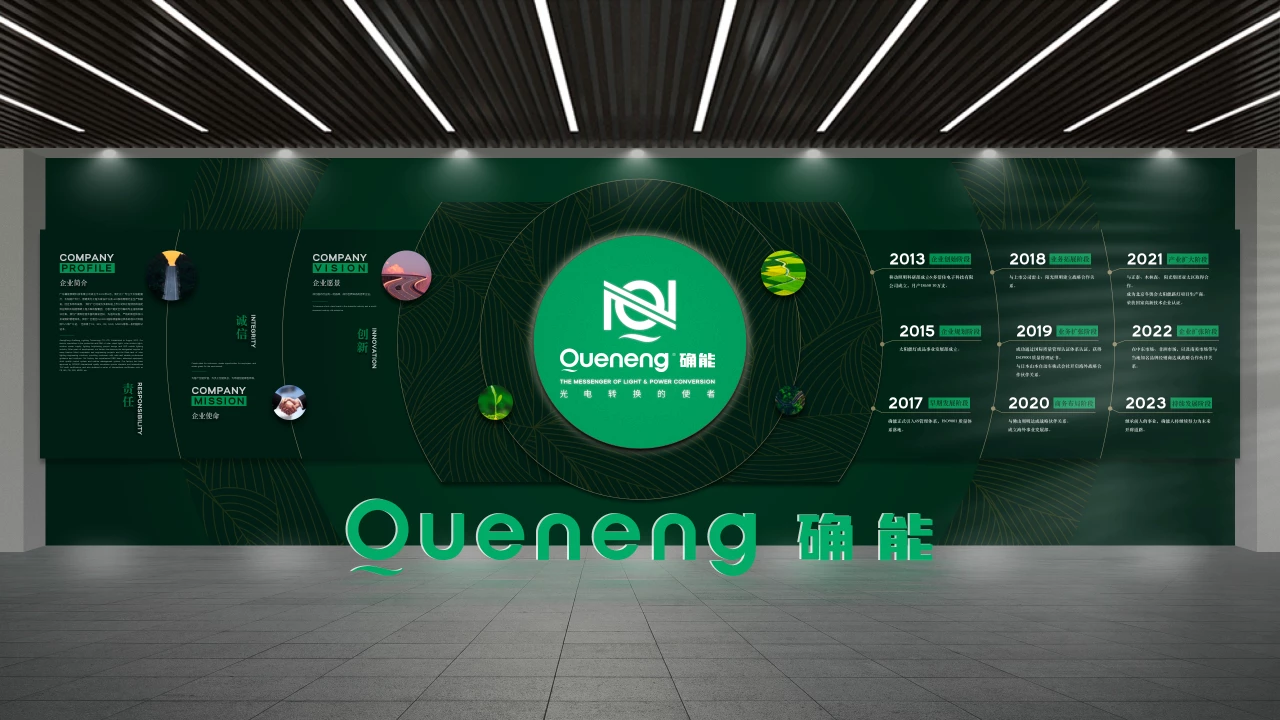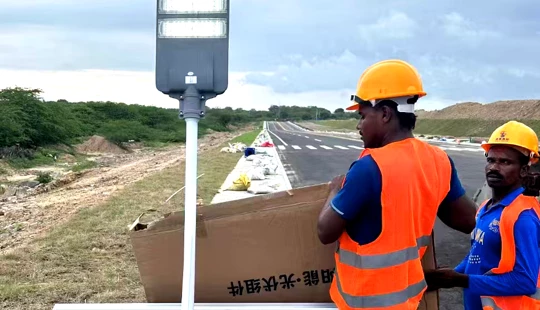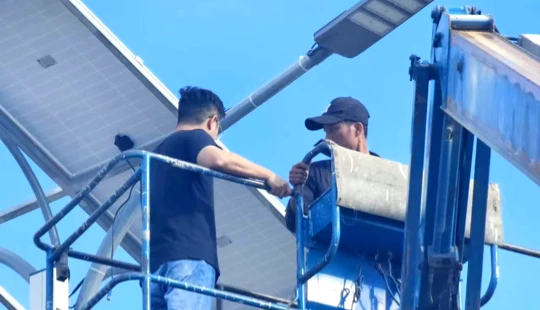custom Queneng highway LED solar lights Nigeria | Insights by Quenenglighting
Navigating Procurement: Custom Queneng Highway LED Solar Lights for Nigeria
For infrastructure developers and government agencies in Nigeria, investing in reliable, sustainable highway lighting is paramount. Custom LED solar lights offer an intelligent solution, reducing grid reliance, operational costs, and environmental impact. As a discerning buyer looking to procure robust systems like those offered by Quenenglighting, you likely have specific questions that go beyond basic product features. This guide addresses the five most common and critical concerns for those looking to make a professional, informed purchase for custom highway solar lighting in Nigeria.
1. How Can We Ensure Optimal Performance and Longevity in Nigeria's Unique Climate?
Nigeria boasts excellent solar irradiance, averaging 5-7 kWh/m²/day, providing ample sunlight for solar charging. However, the accompanying high temperatures and dust require specific engineering considerations to ensure longevity and consistent performance. Key aspects include:
- Battery Technology: For Nigerian conditions, Lithium Iron Phosphate (LiFePO4) batteries are crucial. They offer a superior cycle life (2,000 to 6,000 cycles at 80% Depth of Discharge) and better thermal stability compared to traditional lithium-ion batteries, performing reliably even in ambient temperatures reaching 40°C+.
- Charge Controllers: Maximum Power Point Tracking (MPPT) charge controllers are vital. With efficiencies up to 99%, MPPT ensures that the solar panel operates at its optimal power point, maximizing energy harvest even under fluctuating light conditions, thereby guaranteeing sufficient charge for night operation.
- Thermal Management: High ambient temperatures can degrade LED performance and lifespan. Quality LED fixtures incorporate robust heat sinks and efficient thermal management designs to dissipate heat effectively, maintaining LED luminous efficacy (e.g., modern LEDs can achieve 150-170 lumens per watt) and extending their operational life beyond 50,000 hours.
- Dust and Water Ingress Protection: An IP65 or higher rating (e.g., IP66/IP67) for the entire fixture is essential to protect against dust ingress and heavy rainfall, ensuring components remain functional and corrosion-free in dusty or rainy seasons.
2. What Customization Options Are Available for Specific Highway Project Needs?
Highway lighting is not one-size-fits-all. Customization is key to meeting specific illumination standards (e.g., EN 13201 or IES RP-8), pole heights, and security requirements:
- Lumen Output & Light Distribution: Depending on the highway class and desired uniformity, systems can be customized for specific lumen outputs (e.g., from 4,000 to 20,000+ lumens per fixture). Optic lens designs (e.g., Type II, Type III, or Type IV light distribution) are crucial to ensure even light spread across multiple lanes without glare, maximizing visibility for drivers.
- Pole Height & Wind Resistance: Custom poles, ranging from 6m to 12m or higher, are designed to withstand local wind loads (e.g., certified to resist winds up to 150 km/h) and structural integrity, crucial for long-term safety on exposed highways.
- Integrated Features: Modern solar lighting poles can integrate additional functionalities like CCTV cameras for security surveillance, Wi-Fi hotspots for connectivity, emergency call boxes, or even environmental sensors, transforming them into smart infrastructure assets.
- Anti-Theft Design: Given local concerns, systems can include anti-theft features such as specialized bolts, internal battery compartments, and robust pole designs to deter vandalism and theft of valuable components.
3. What Is the True Cost of Ownership and Expected ROI for Highway Solar Lighting?
While the initial investment for solar lighting might appear higher than traditional grid-connected lights, the long-term Return on Investment (ROI) is compelling for highway projects:
- Zero Electricity Bills: The most significant saving is the complete elimination of electricity consumption costs. Over a system's 10-15 year lifespan, this translates to substantial operational savings, especially with fluctuating grid tariffs.
- Reduced Maintenance: Solar LED lights, particularly those with LiFePO4 batteries and smart monitoring, require minimal maintenance. Typical maintenance involves periodic cleaning of solar panels (every 6-12 months) and battery replacement every 5-7 years for LiFePO4, significantly less than grid-tied systems requiring trenching or complex wiring repairs.
- Quick Deployment & Scalability: The independence from the grid means faster and cheaper installation as no extensive trenching or cabling is required, reducing initial civil works costs and project timelines.
- Environmental & Social Benefits: Beyond financial returns, solar lighting improves road safety, reduces carbon footprint, and supports Nigeria's renewable energy goals, potentially qualifying for green financing or carbon credits.
4. What Are the Key Maintenance Requirements and Durability Considerations?
For highway installations, minimal and predictable maintenance is critical. Reputable manufacturers design systems for maximum durability and ease of service:
- Battery Life & Replacement: As mentioned, LiFePO4 batteries offer 5-7 years of reliable operation, and up to 10 years for High Quality models. Understanding the battery's expected cycle life and having a clear replacement plan is key to long-term cost management.
- Panel Cleaning: Dust accumulation can reduce solar panel efficiency. Regular (e.g., quarterly or bi-annually) cleaning, especially during dry seasons, is recommended to maintain peak energy generation. Some advanced panels feature self-cleaning coatings or require less frequent cleaning.
- Structural Integrity: Poles and fixtures must be designed to withstand local environmental stresses, including high winds and vibrations from highway traffic. Regular visual inspections for physical damage or corrosion are advisable.
- Remote Monitoring & Diagnostics: Advanced systems allow for remote monitoring of battery voltage, solar charging current, LED operation, and fault detection. This reduces the need for physical site visits and enables proactive maintenance, minimizing downtime.
5. How Do Advanced Technologies Enhance Highway Solar Lighting Systems?
Modern solar lighting systems leverage cutting-edge technology to optimize performance, manage energy, and provide additional functionalities:
- Smart Dimming & Adaptive Lighting: Systems can incorporate motion sensors or programmable dimming schedules (e.g., 100% brightness during peak hours, 50% during off-peak) to conserve energy, extend battery life, and reduce light pollution, typically saving 20-40% energy.
- IoT Integration & Centralized Management: Many systems can be integrated into an Internet of Things (IoT) network, allowing for centralized control and monitoring of hundreds or thousands of lights from a single platform. This enables real-time status updates, fault alerts, and remote adjustments.
- High-Efficiency LEDs: Utilizing LEDs with high luminous efficacy (e.g., >170 lumens per watt) ensures maximum light output for minimal power consumption, making the system more energy-efficient and compact.
- Advanced Charge Controllers: Beyond MPPT, some controllers incorporate intelligent algorithms that optimize charging based on battery temperature and historical usage, further extending battery life and system reliability.
Quenenglighting: Your Partner for Custom Highway Solar Lighting in Nigeria
Quenenglighting excels in providing custom highway LED solar lighting solutions tailored for the demanding Nigerian environment. Our advantages include:
- Bespoke Solutions: We design systems precisely to your project's specifications, considering light levels, pole heights, and specific environmental challenges.
- Proven Reliability: Utilizing only high-grade components like LiFePO4 batteries and MPPT controllers, our products are engineered for long-term performance and minimal maintenance in harsh conditions.
- Advanced Technology: We integrate smart dimming, IoT capabilities, and highly efficient LEDs to ensure energy optimization and remote manageability.
- Robust Durability: Our fixtures boast high IP ratings and anti-theft designs, ensuring longevity and security on Nigeria's highways.
- Cost-Effectiveness: Beyond initial investment, our solutions offer significant long-term savings on electricity and maintenance, delivering a strong ROI.
Choose Quenenglighting for sustainable, high-performance, and reliable highway illumination that meets Nigeria's evolving infrastructure needs.

Have more questions about our products or services?
The latest hot news you might like

Discover how solar panels power street lights, exploring the technology behind solar energy conversion, storage systems, and how solar-powered street lights are revolutionizing urban and rural lighting solutions.

Learn how AC Solar Hybrid Street Lights work, their advantages, disadvantages, system behavior in low-sunlight conditions, and why hybrid technology is ideal for regions with unstable sunlight.

Municipalities around the world are increasingly adopting solar-powered streetlights as part of their urban development strategies. Rising energy costs, the need for sustainable infrastructure, and government green initiatives are driving cities to switch from traditional street lighting to advanced LED solar streetlights.
Queneng Lighting provides municipalities with cost-effective, energy-efficient, and durable solar lighting solutions, ensuring safe and sustainable public spaces.
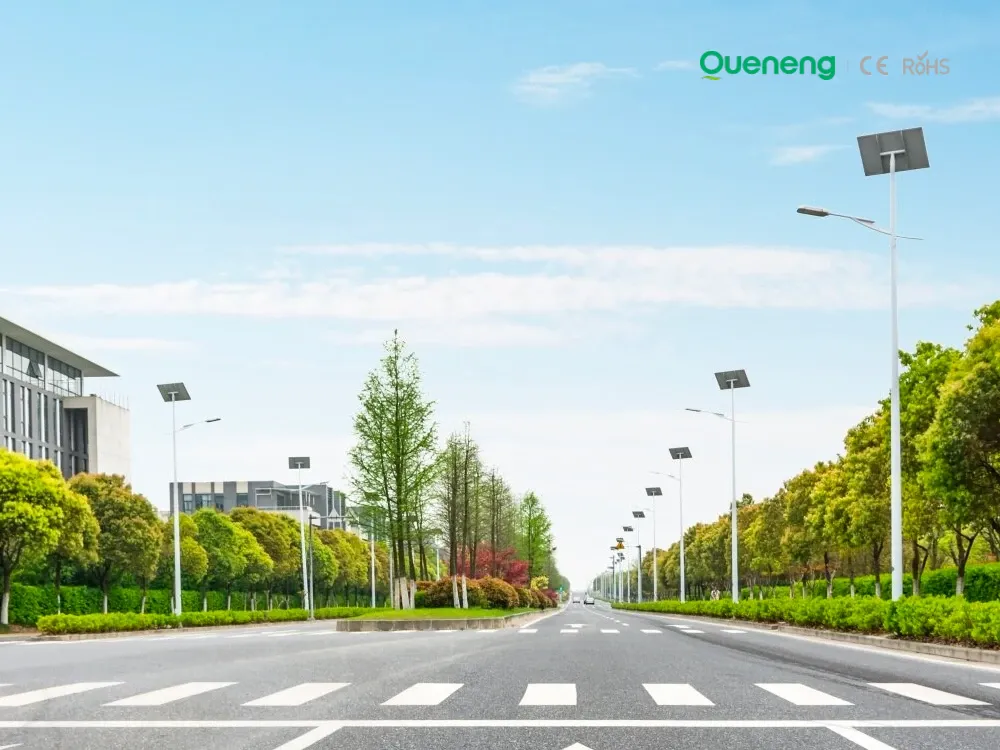
In recent years, the purchase of solar streetlights for municipalities has become a growing trend across the globe. Local governments are under pressure to reduce public expenditure, promote green energy, and create safer communities. Solar streetlights provide a reliable, cost-effective, and sustainable solution that meets these needs. Queneng Lighting, as a leading solar street lighting manufacturer, has supported multiple municipal projects worldwide with customized and energy-efficient solutions.
FAQ
Public Gardens and Landscape Lighting
Can solar lights be installed in any outdoor space?
Our solar lighting solutions are versatile and can be installed in most outdoor areas, including public gardens, parks, pathways, streets, and recreational areas. As long as there is enough sunlight exposure during the day, solar lights can be installed almost anywhere.
Distributors
What are the benefits of becoming a Queneng distributor?
As a Queneng distributor, you will gain access to high-quality, customizable solar lighting products, competitive pricing, marketing support, and exclusive distribution rights in some regions. We provide comprehensive training, technical support, and reliable logistics to help grow your business.
Schools and Educational Institutions
Can solar lights be controlled remotely?
Yes, we offer smart solar lighting systems with remote control capabilities, allowing you to manage and monitor the lights from anywhere.
Transportation and Highways
Are there options for aesthetic customization to match the local environment?
Yes, we offer customizable pole designs, color finishes, and lighting styles to blend seamlessly with the surrounding environment.
How does the system handle extreme weather conditions, such as snow or hurricanes?
Our systems are designed to withstand harsh weather, with components that are waterproof, wind-resistant, and capable of operating in temperatures ranging from -40°C to 60°C.
Batteries and the environment
How do used batteries pollute the environment?
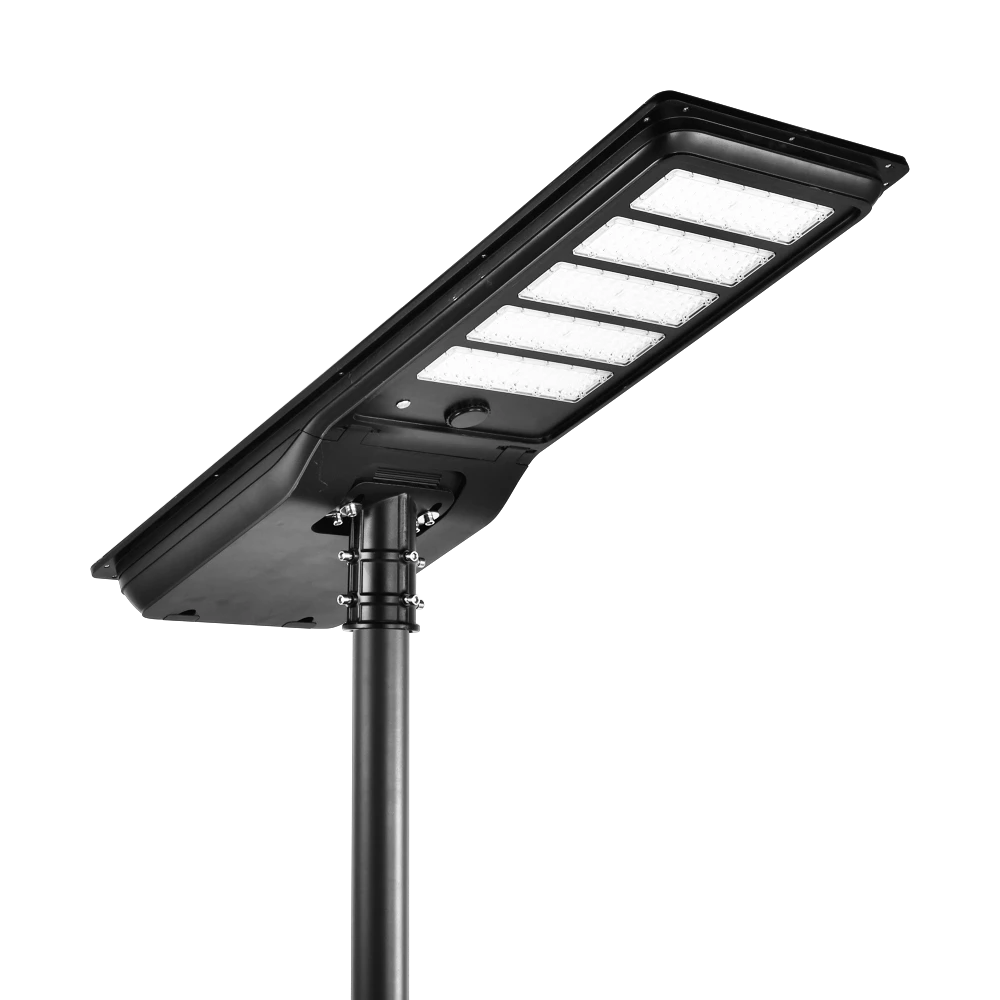
High-efficiency all-in-one solar street light with a monocrystalline solar panel and LiFePO₄ battery. Delivers brighter illumination, wider outdoor coverage, and safer lighting performance for streets and public areas.

Lubai is an integrated solar street light designed for stable, long‑term outdoor lighting in off‑grid and weak‑grid areas. Combining a high‑efficiency solar panel, LiFePO₄ battery, and intelligent motion sensing, Lubai delivers reliable illumination with low maintenance and fast installation.
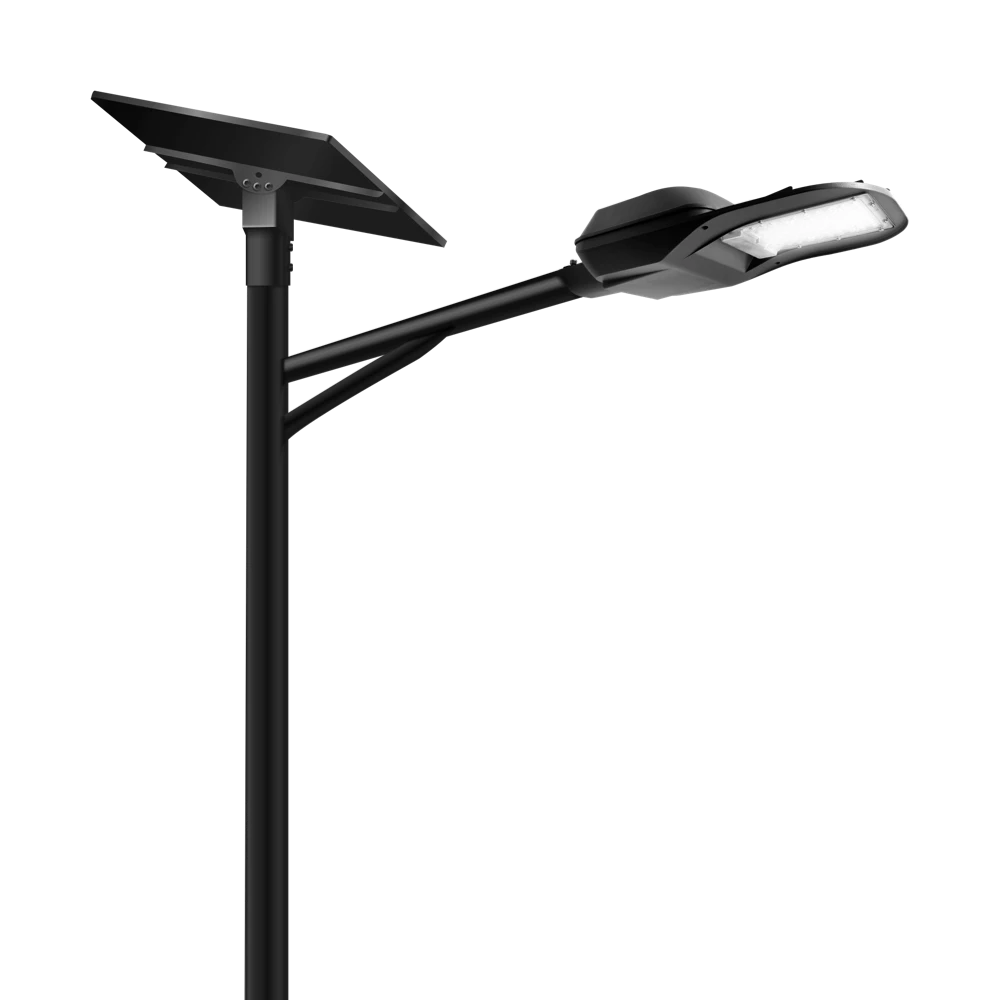
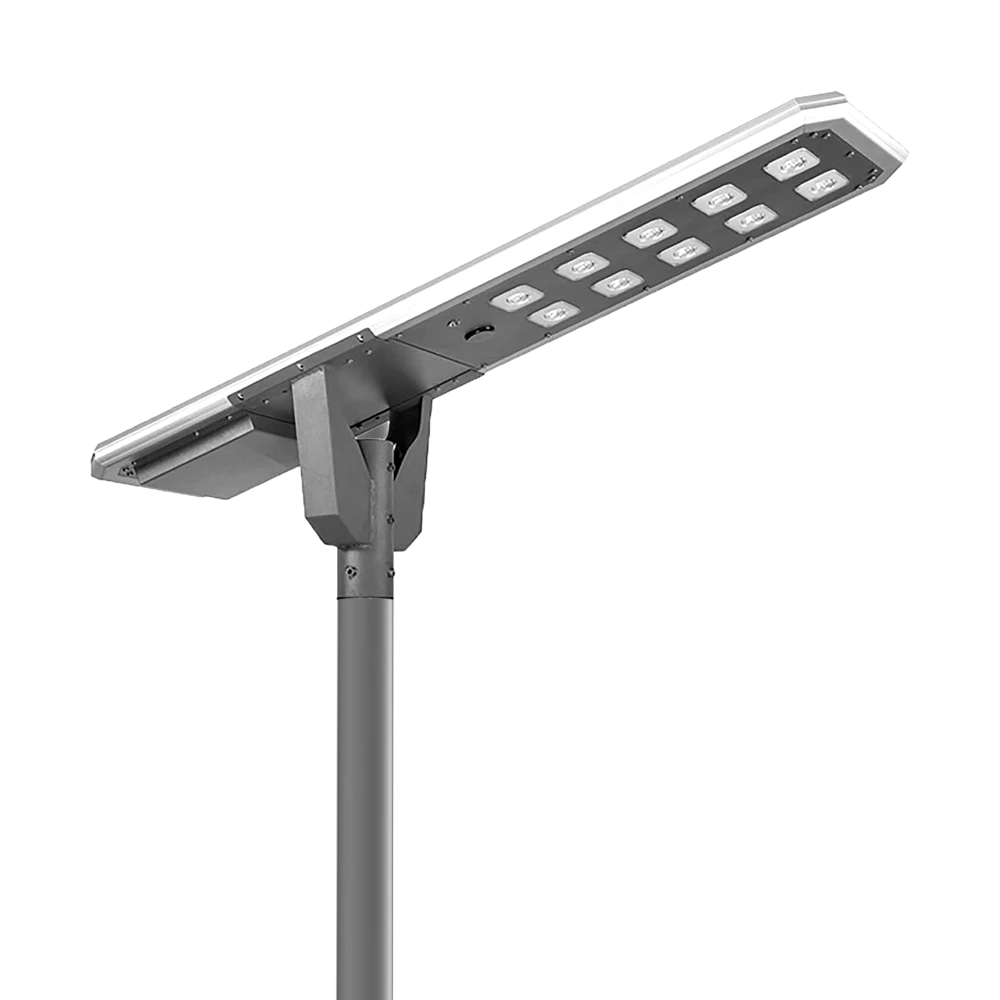
Illuminate your outdoor spaces with the Solar Street Light, a cutting-edge solution combining advanced solar technology and energy-saving LED lighting.
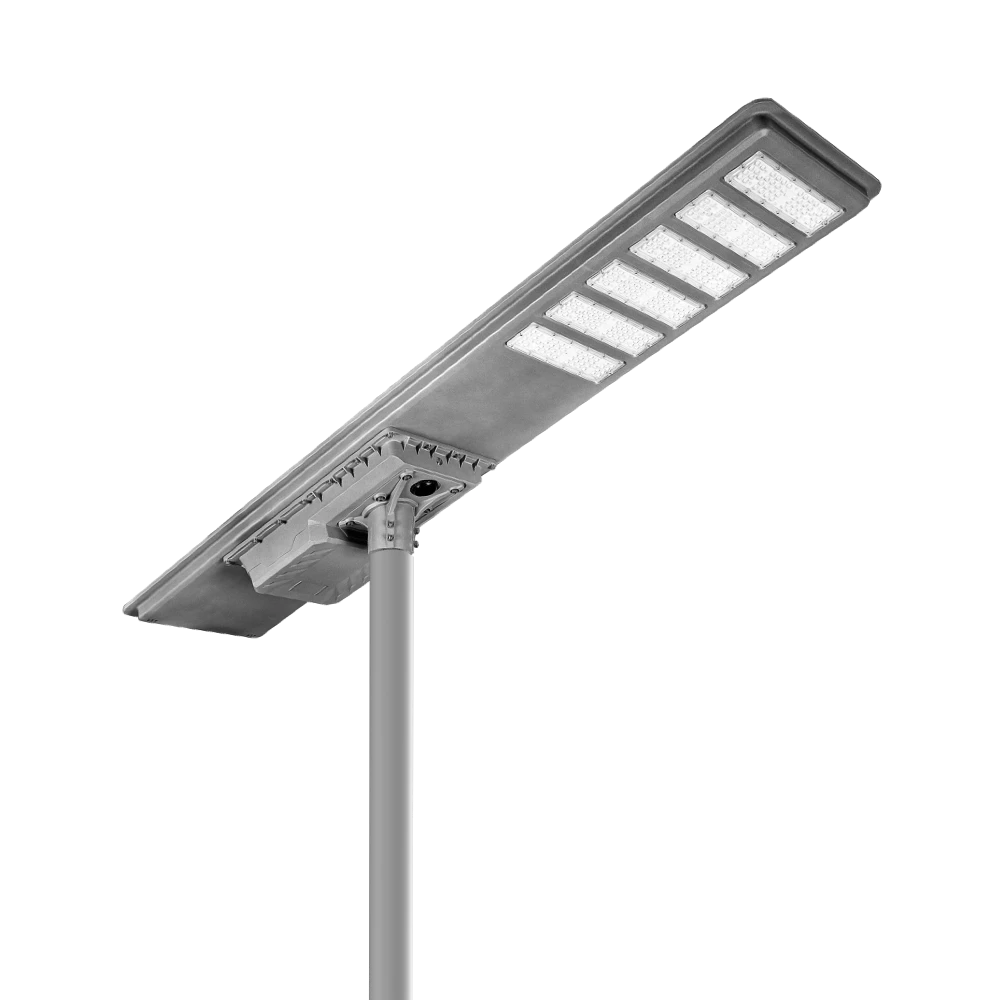
Queneng's Luqiu Innovative Solar Street Light offers energy-saving, durable outdoor lighting. This solar power street light provides a reliable and eco-friendly solution for illuminating your streets and pathways.
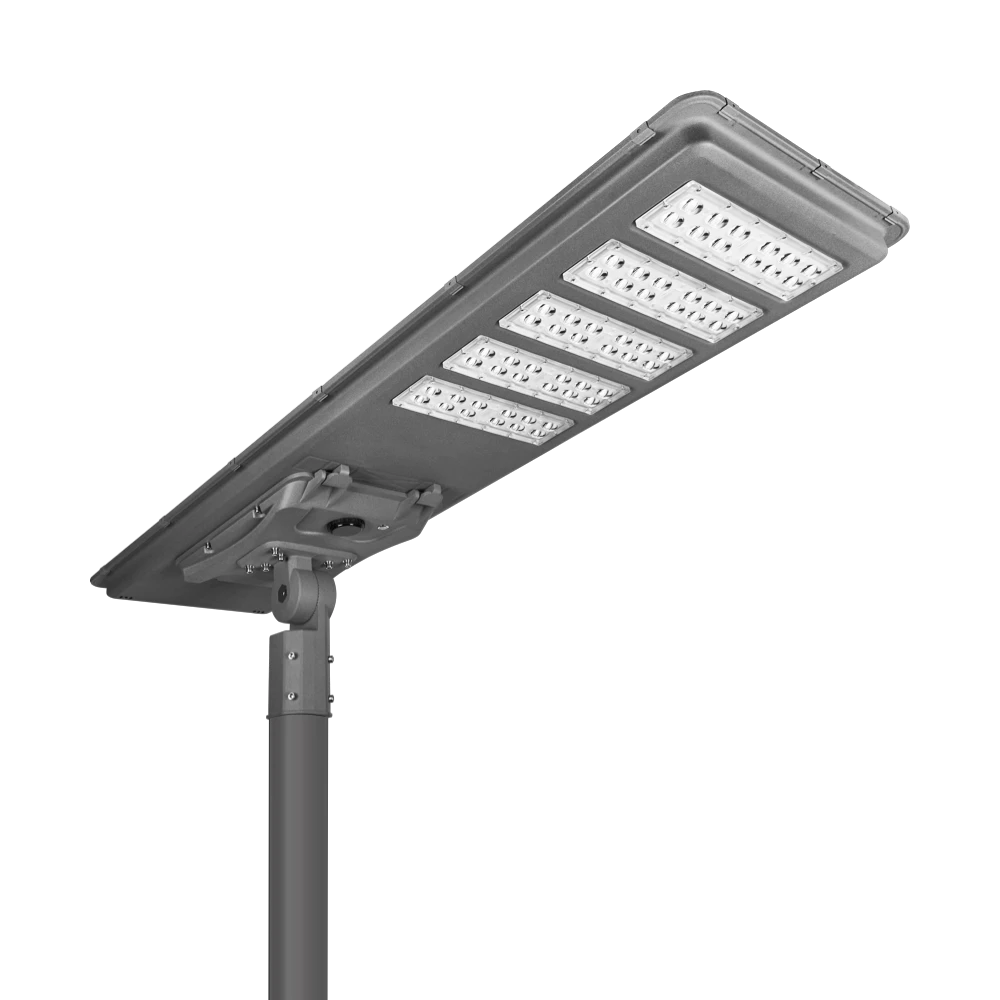
Discover the Lulin High-Performance Solar Street Light by Queneng, a durable and energy-saving outdoor lighting solution. Designed for efficiency and reliability, it harnesses solar power to sustainably illuminate streets and pathways. Optimize your outdoor spaces today with Queneng's innovative solar street lighting technology.
If you would like more information about Queneng solar lighting solutions, please send us a message by filling out the form below. Our professional team will get back to you within 24 hours!
Rest assured that your privacy is important to us, and all information provided will be handled with the utmost confidentiality.
Schedule a Meeting

Book a date and time that is convenient for you and conduct the session in advance.
Have more questions about our products or services?

